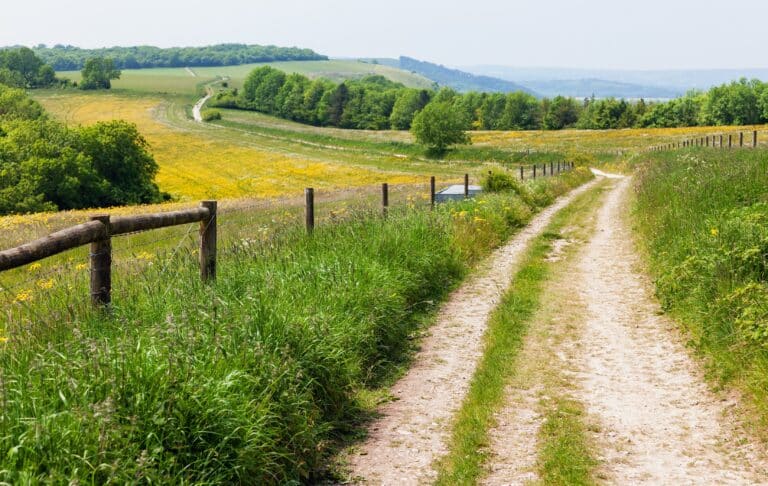A quick Google search on ‘investing in land’ is all you need to see the rising popularity of land investing. There are pages and pages of titles such as How to Make Money Investing In Land or Yes, You Should Invest in Land and 10 Rock-Solid Reasons Why You Should Be Investing In Land. And this isn’t just from fellow land experts: finance experts from Forbes and Investopedia are also posting articles about the benefits of investing in land. To help cut through some of the noise out there, we got tips from two land investing experts to help you invest your money wisely.
One of the keys to successful land investing is doing your homework before taking out the checkbook. “The due diligence aspect of a land purchase is essential before even making a purchase offer,” says Ray Brownfield, ALC, a managing broker and manager of Land Pro LLC.
This allows you to take stock of the most important factors of a property. “Among many, some of the more important factors that need checking are: Are there any environmental issues? Is the acreage correct? If irrigated, are the wells, pumps, and power units in good working order and delivering the gallons per minute needed?” says Brownfield. “Is there adequate drainage, if in an area of periodic rainfall? If a rental property, are there individuals available to pay a competitive rental rate that are in good standing as to credit and honesty? Are you sure the pricing of the land for sale is indeed of comparable value to similar properties in the area?”
One of the more popular land investment options is timberland. Thanks to rising timber prices and tariffs, timber has become a hot commodity in the land industry, which makes it all the more important to know exactly what to look for when investing.
“There are many characteristics to a property that make it a good timberland tract,” says Bob King, ALC, in a guest post for RLI. “If investors are not knowledgeable about purchasing timberland properties, they should hire a qualified forester/Realtor® to assist them in their search. Some of the most important things to look for when purchasing a timberland property are: 1) the property should be located in an area that has one or more mills nearby that purchase the type of forest product being grown; 2) the property should have productive soils to grow the most profitable timber species; 3) the vast majority of the property should be able to be logged; and 4) most importantly, the property can be purchased at a price that allows for a good rate of return growing timber.”
Another unique aspect to investing in timberland are all the different ways to invest. “A way to invest in timberland that offers high liquidity, does not require a large amount of capital to be invested and does not require active management of timberland is to purchase shares of timber-related publicly traded stock,” says King. “Two examples are timber REITs (Real Estate Investment Trusts) and timber ETFs (Exchanged Traded Funds). The difference between the two is when investing in a timber REIT, only one timber company’s stock is being purchased. Timber ETFs, on the other hand, are similar to mutual funds and are made up of stocks from multiple timber companies.”
“Another alternative timberland investment strategy is the outright purchase of timberland,” King goes on to explain. “This method offers low liquidity but a higher level of control. Pension funds, endowments, and charitable foundations who have large amounts of capital to invest and who do not have the desire or experience to manage the timberlands usually hire Timber Investment Management Organizations (TIMO) to purchase and manage their timberlands,” says King. “TIMOs typically offer two types of products, individual accounts and commingled funds. Individual accounts offer more control of the invested capital but require a much higher amount of capital investment. Minimum capital requirements of most TIMOs for an individual account are around $30 million dollars. A commingled fund is made up of capital from multiple investors and therefore has a lower capital entry requirement. The amount of control over the investment is less with a commingled fund, however these funds usually offer greater portfolio diversity, which results in less risk to the investors.”
While there are many important factors to look out for when choosing a property to invest in, Brownfield says that working with a professional is the best thing for your land and your wallet.
“Truly the best thing a land investor can do is retain a professional real estate broker who is a member of the REALTORS® Land Institute and is an Accredited Land Consultant. This individual will represent your best interests and at the end of the day save you time, and money, making a land investment an enjoyable long-lasting experience.”



